Listen to this podcast on Spotify, Apple Podcasts, Podbean, Podtail, ListenNotes, TuneIn, PodChaser
Season 1, Episode 8
Host: Deepesh Patel, Editor, Trade Finance Global
Featuring: Nitin Gaur, Director, Digital Asset Labs at IBM
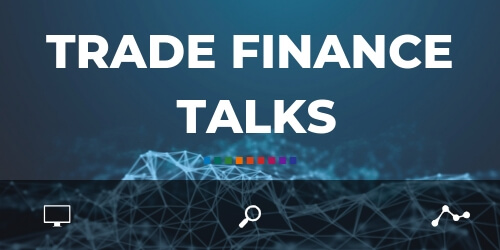
The hype behind hyperledger: An Interview with IBM’s Nitin Gaur on pioneering blockchain for business
Deepesh Patel: I’m Deepesh Patel, Editor at Trade Finance Global.
Since 2016, the international trade and finance market has witnessed a flood of new blockchain projects in cryptocurrencies entering the market – all part of a wider vision to digitise and transform trade.
Blockchain has been frequently touted as the solution for bridging the $1.5 trillion US dollar trade finance gap. Technology for trade finance is hard, and blockchain offers potential for enabling trust, transparency and security, as well as the $9 trillion US dollar open account trade finance space.
We heard from Nitin Gaur last week at the ICC Banking Commission’s Annual Meeting. Nitin is the Director of IBM Digital Asset Labs. With over 16 years’ experience at IBM, Nitin is a pioneer in enterprise blockchain technology and strategy.
So, without further ado, here is Nitin joining us from Austin, Texas. Hi Nitin, thank you so much for joining us on today’s podcast!
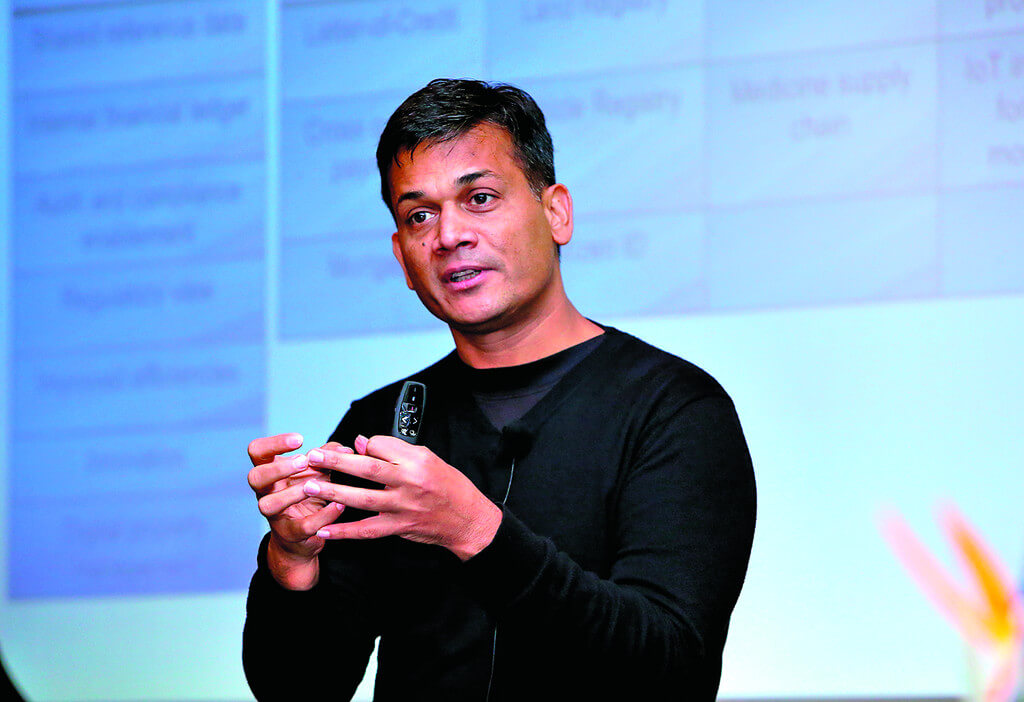
Nitin Gaur: Hi and thank you for having me.
DP: Can you begin by telling us a little bit more about yourself and IBM Digital Asset Labs?
NG: Blockchain is a disruptive technology and me and my team are involved in working with clients from design concept, design to implementation and, eventually, production. So, in addition to establishing blockchain networks for our clients, my team is not only focused on understanding the co-creation elements of the blockchain platform, but also the notion of digital assets. That includes assets organisation and some of the financial systems tied to these digital assets in the network.
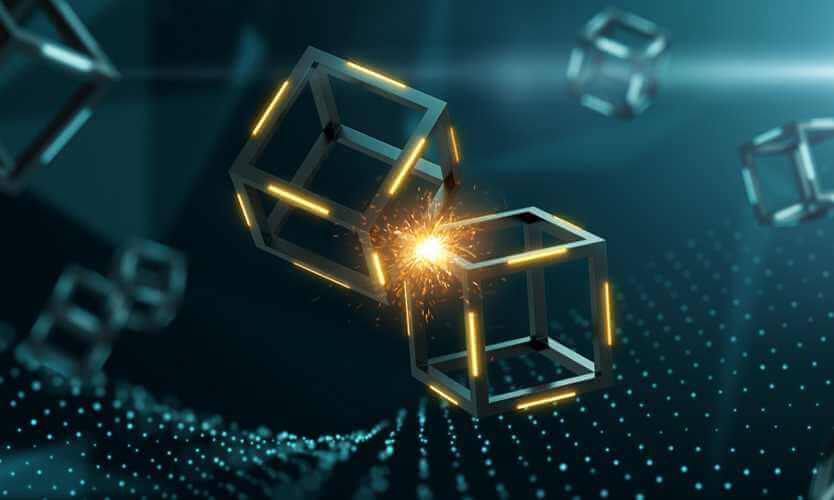
A Day in the Life of… IBM’s Digital Asset Labs
DP: Very exciting! What does a typical day look like then at Asset Labs?
NG: Well, just like blockchain networks, our work doesn’t end. So there is no typical day really – I think it’s a constant catch up with the industry. There are a lot of evolutionary changes happening in the industry. From a technology point of view, there are innovations happening in every single enterprise and a challenging part of our work is to keep up with that evolution. In most cases, we spend a lot of time talking to clients to understand some of the industry specific requirements and trying to morph them into a blockchain network. Then there is the figuring out of what is the right technology design and choices, and creating a choice framework for our clients that leads to a meaningful adoption and viable solution (from a blockchain perspective) for our clients.
DP: Trade is complicated, and so are supply chains. Technology is continuing to improve operations, infrastructure, and the exchange of data, which I believe are really key components to global trade. At a very high level, please can you tell us some of the main applications of blockchain and trade finance, and why this offers more potential than APIs, and the current tech solutions that are out there?
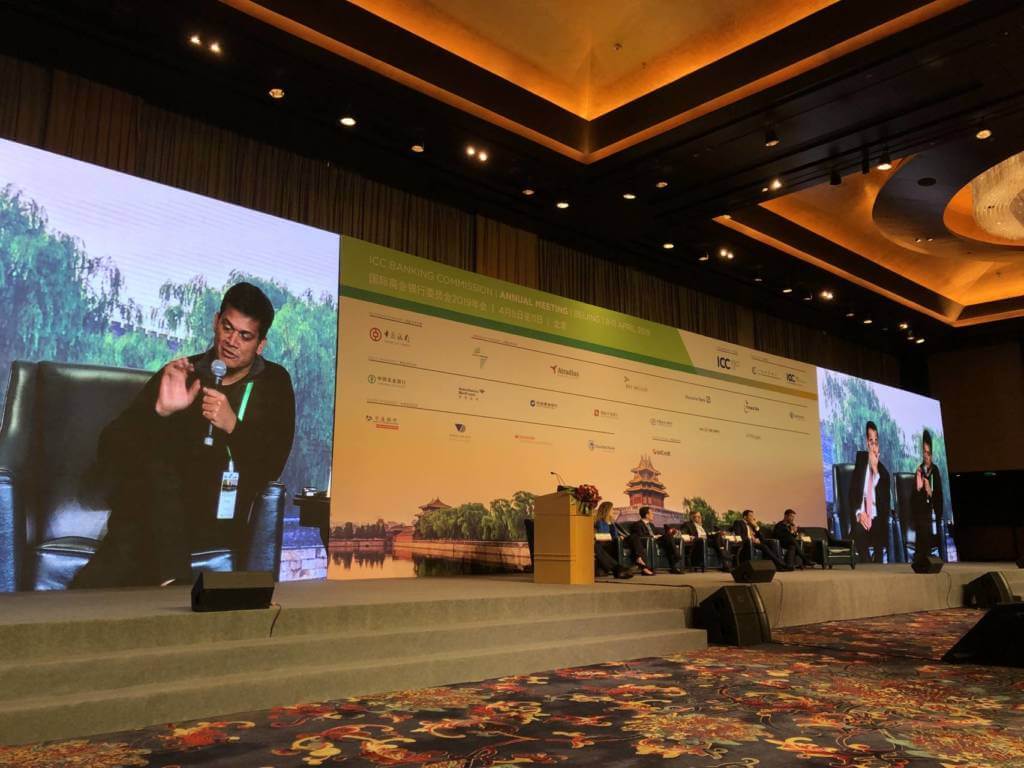
NG: I think that’s a really important point. As we discussed at ICC last week, international trade has tripled as a share of global GDP since 1945. It is now generating approximately $50 billion from a US perspective, but there are still inefficiencies, in terms of the way trade is dealt with. For example, today’s international trade has enormous amounts of inefficiencies and risk. There is an average of 12 parties, 27+ documents and there’s very little automation. You start finding silos of not just data, but also silos of these different intermediaries, who are working on very specific sort of elements of trade and related trade finance flows. So the intention of blockchain is not only to distil down and use technology to induce transparency and eventually bring the digitalisation automation in the system, but also to treat the elements and trade finance as things of value.
You start finding silos of not just data, but also silos of these different intermediaries, who are working on very specific sort of elements of trade and related trade finance flows.
What we have looked into from a trade solution perspective is to be able to amalgamate the finance, logistics, and compliance pieces of it, and remove inefficiencies by addressing the issues of time and trust. These two constructs have enormous implications in many industries.

Logistics, Trade and Regulatory Framework – The 3 Silos in Trade
DP: So you see trade as three layers: logistics, trade and regulatory framework. However, in order to solve global trade issues, these three layers need to work together. Can you expand a bit more on this and explain how IBM and some of the initiatives you’re embarking on are really helping bridge these gaps and making the three layers work together?
NG: When we started this journey about four and a half years back, we worked with a lot of financial institutions as a starting point. Later, we realised that there are three interoperating layers. One layer is the movement of goods, which is dealing with trade logistics, and what that entails, which is moving the goods and dealing with the various regulatory and port authorities in the world, as the goods transfer from various ports and various countries. Then you have the trade finance layer, which is the banking function because, in many cases, you have the various sourcing elements and the financial function of these various financial institutions, which are globally located. This can be related to the cross-border movement of money and the banking regulations that govern that element. Then the final layer is concerned with overall compliance and regulation. However, in many cases, it is not just about regulation of the financial system, but also the regulation of importing and exporting, and the variety of certification that different countries require.
We came to realise that the language, documentation requirements, and players in each of these layers are a bit different, which means that we’re dealing with three different distinct layers, as they have to sort of synchronise their function between these three layers. That was one of the main reasons why we saw an enormous amount of inefficiency, in addition to the inefficiencies caused by lack of digitisation the industry. It becomes enormously difficult to flatten the entire business process and create one massive network powered by blockchain because not absolutely everything within those layers can be treated the same. Thus, we decided to address each of them individually because we are able to digitise some of the elements on an ongoing basis. Eventually, as these three layers become digitised, we can find a way to link them together to create a single seamless workflow which will eventually solve these industry problems.
In order to address these efforts, we have looked into tradelens, which is essentially IBM’s initiative with some of the global logistics players like Maersk. We want to be able to digitise and make that information available for various systems which includes the port authorities and financial systems. We are also working with some of the industry players like we.trade, Voltron, and emerging trade finance networks. By linking the two together, we’ll be doing a few things; we are not only providing an information layer, we’re providing instrumentation of these digital assets and different systems, for them to be able to de-risk some of the elements by providing better visibility, better transparency, and then creating newer business models or financial systems.
In doing this, I think we are taking a first step in maintaining abstraction modularity between these networks, but also ensuring there’s a seamless flow of information between these different systems, leading to a better and more transparent system.
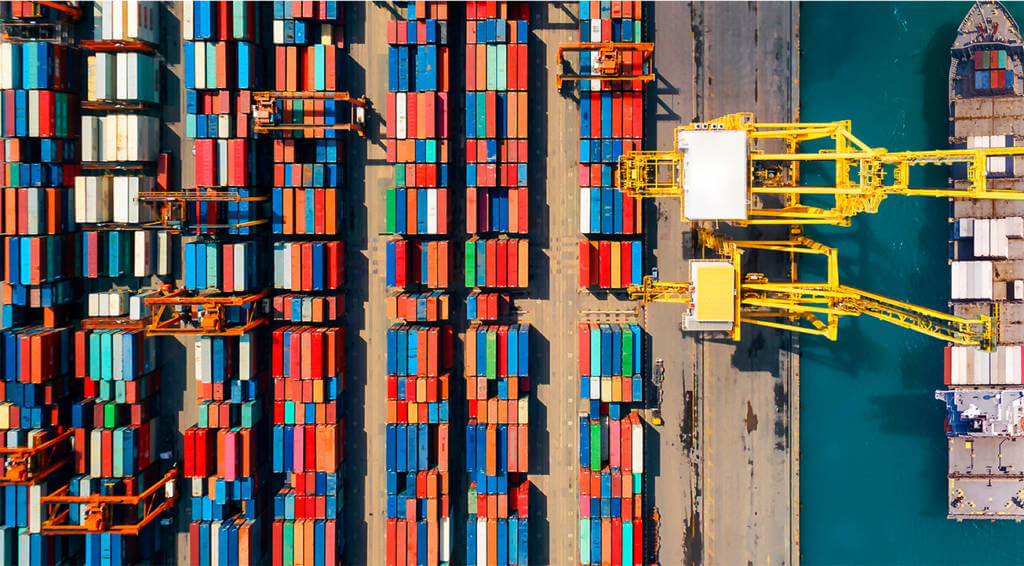
Proof of Concept to Live Transaction
DP: It is very good to take a helicopter view of the industry and break it apart into those three layers. Because as we know, it’s such a complex, vast industry. It’s good to have a think about those elements as individual pieces and address very specific laser-focused parts of the problem. So going into more detail with regards to tradelens, and also hyperledger fabric through we.trade and Voltron – have we moved yet from proof of concept to live transaction in both of these layers?
NG: I think we’ve done a substantial amount of work, because these are new asset types in the system. A lot of integration is required and it has taken a little longer than we expected, but we are beginning to see signs of some live transactions – we.trade and Voltron have done some I believe.
IBM’s focus and the support we offer has been with hyperledger fabric as an open source, open community driven platform. R3 has Corda, which is also an open source platform. I think the beauty is that, while these different platforms may be fuelling these different networks, the interoperability between network is the key, right? I think there’s an effort in the industry to be able to connect the networks to create a truly global network, which I think is a really important element that we all as industry professionals should aspire to achieve. Because it’s impossible for us to create one single flat network across the globe, for many reasons. I think we should – and do – aspire to have these regional networks and eventually connect them to form one massive global network.
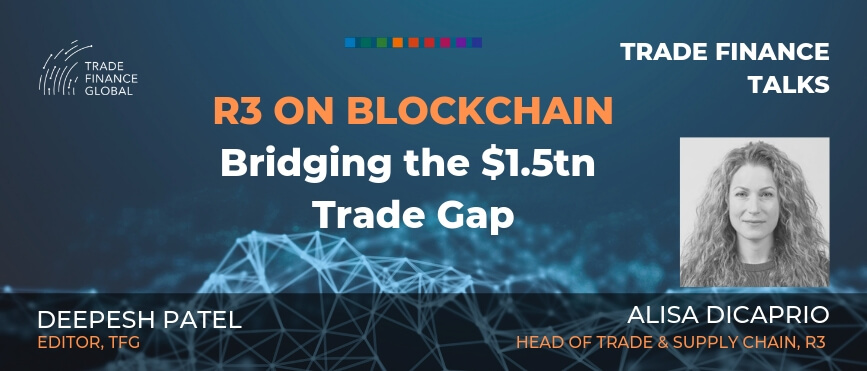
Interoperability between different Consortia
DP: That makes sense, and you’ve answered my next question! So we have numerous consortiums developed on different cryptocurrencies, I guess the idea of the node-to-node based fabric platform which IBM developed for we.trade and the point-to-point transfer data transfer by corda. But they aren’t interoperable at the moment and, as far as I’m aware, it’s very difficult to make them talk to each other. It seems like the banks have taken sides with either Consortium. So, in your opinion, what’s the difference between the two and how can they talk to each other? In the case of corporate to multi-bank scenario, i.e., wanting to trade cross border using DLT?
NG: I think that really forms part of a deeper question but let me address this in a few ways. These sorts of networks are based on different technology platforms and there are two challenges. One is the challenge with technology and interoperability, which is the ability for me to move an asset from one network to another network and having the right technology set to support the movement of assets, while preserving the integrity of the digital assets. This digital asset can be a Letter of credit, Bill of Lading, container-based information, and so on so forth.
The second thing is the readiness from a business to be able to trust as the asset moves across the network. So while Hyperledger and Corda happen to be on two distinct technology platforms, I think there are a lot of industry initiatives that are trying to focus on bridging technologies, which is relying upon either a business and let’s say, a global bank, which happens to be part of we.trade and happens to be part of Voltron network, to act as a bridge. In this instance, it would become accountable for the assets’ accountability, as it’s providing access to both networks, or relying on the technology solution, which I think we’ve seen with some of the protocols and some of the technology set developed by the likes of polkadots, Cosmos and AON-type networks. Creating a bridge allows an asset to be locked in one network, creates a new asset and provides some sort of linkability. Essentially, this bridging protocol maintains the tangibility as well as the integrity of the assets. So whether it’s a technology solution or one driven by the associations of the various financial institutions in the network, I think it provides us with an avenue to link these networks together.
So that’s the important distinction that we have to make: technology solution vs. an industry-led solution that is driven by association of these financial institutions within these different networks. But the underlying thematic elements of this conversation are clear: I think we do need to be able to connect these networks, as the benefits will not only be felt by those involved, but the cost savings could be passed on to the end consumer.
We read a really interesting article on the ‘Interoperability between Distributed Ledgers’ here.
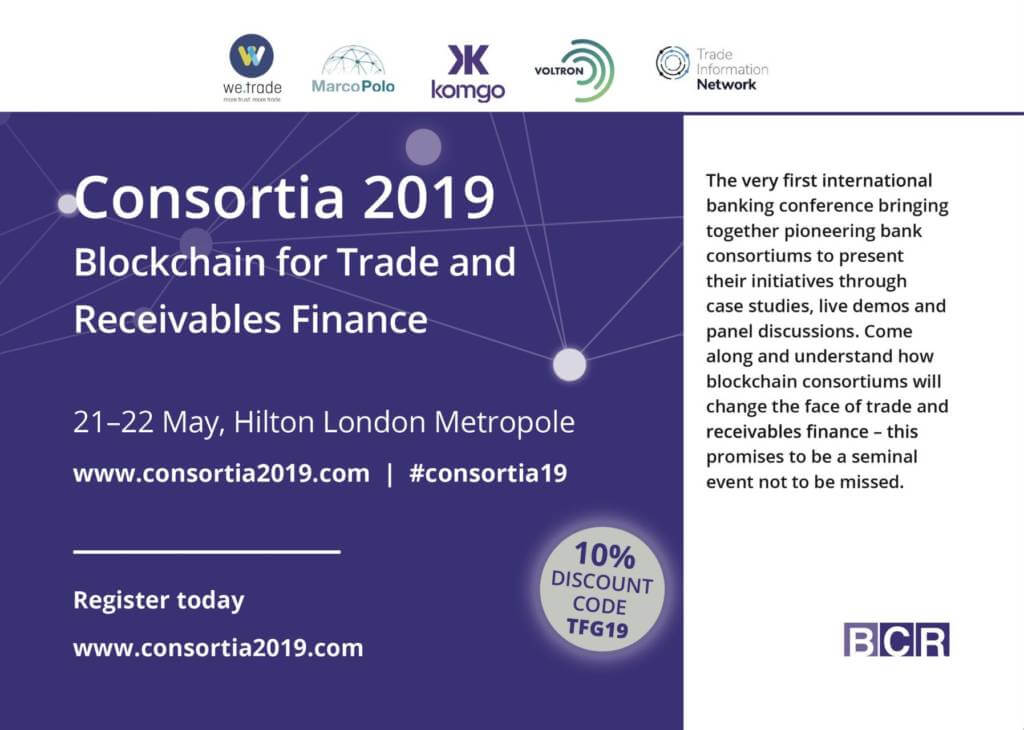
Blockchain for Trade Finance in Singapore, Hong Kong, China and ASEAN
DP: Clearly it’s very important for competition within our space to drive these innovations and these breakthroughs to allow for interoperability. So, let’s move away from the different types of technology providers, platforms and even Consortium’s and on to talk about geography. Let’s talk about Asia and Asian Consortiums. There is more of a challenge given that there are more complex Trade Zones across different markets and different regulatory landscapes. We heard a few weeks ago that HKMA and SMA – the Singapore Monetary Authority recently announced the formation of a new Consortium. What’s happened here and why is this an exciting and relevant move for IBM?
NG: A lot of initiatives are driven from what we label as GCG countries – the Greater China Group, which is Hong Kong, Taiwan, and Mainland China. In terms of the trading block, we started looking at ASEAN and the training block. Of course, in the Americas, where there is a lot of trade activity within South America and North America. So, they are trading blocks, which are leveraging their competencies and leveraging the national resource to distinguish themselves in terms of what they have to offer to the world. So HKMA and MAS, an example that you cite, is a perfect example of that, where, you know, MAS has a mandate in terms of Singapore being a really small country and a lot of dependency of the economy is on trade.
Eventually, they’re morphing that into creating financial services, to understand what role they can play in this new revolution and provide a conduit to financial services by linking up various trade systems. And with HKMA as a trading port, and its association with a lot of emerging sort of Chinese businesses, you realise that there is a sense of connectivity that’s needed between the two. There is GDCN, which is the initiative that has some linkages to One Belt, One Road and BRI initiatives – it really is coming together in terms of making Asia one trading block, and providing not just a technology platform, but providing an avenue for these financial institutions to connect with each other seamlessly, as the trading happens between them.
I think we view this as a significant approach for us to play a role as a technology provider and bring our acumen and our talent to the table to be able to help build, manage and run the systems on behalf of these consortiums that are emerging.
DP: We’ve seen a real difference in the development of these technologies in the Western Hemisphere. Seeing it with GDC is something that we really look forward to, especially when you’ve got big global banks, who provide liquidity into both of these markets, really taking a hold on the market and actually seeing which Consortiums and which platforms they invest into.
NG: I think you hit on a really important point about liquidity. When we distil down all the use cases and all the complexity, blockchain is aiming to solve the issues of time and trust, and these two constructs have implications – the time it takes for the goods to move and for the financial transactions to complete, so the goods can eventually be delivered to the end party. So if you want to compress that and improve liquidity, you have to have better visibility, better transparency and, eventually begin moving money. Moving goods and moving money is foundation to any economic activity and I think blockchain is a foundational technology will help build us a better platform that facilitates these movements of goods and monies across the world.
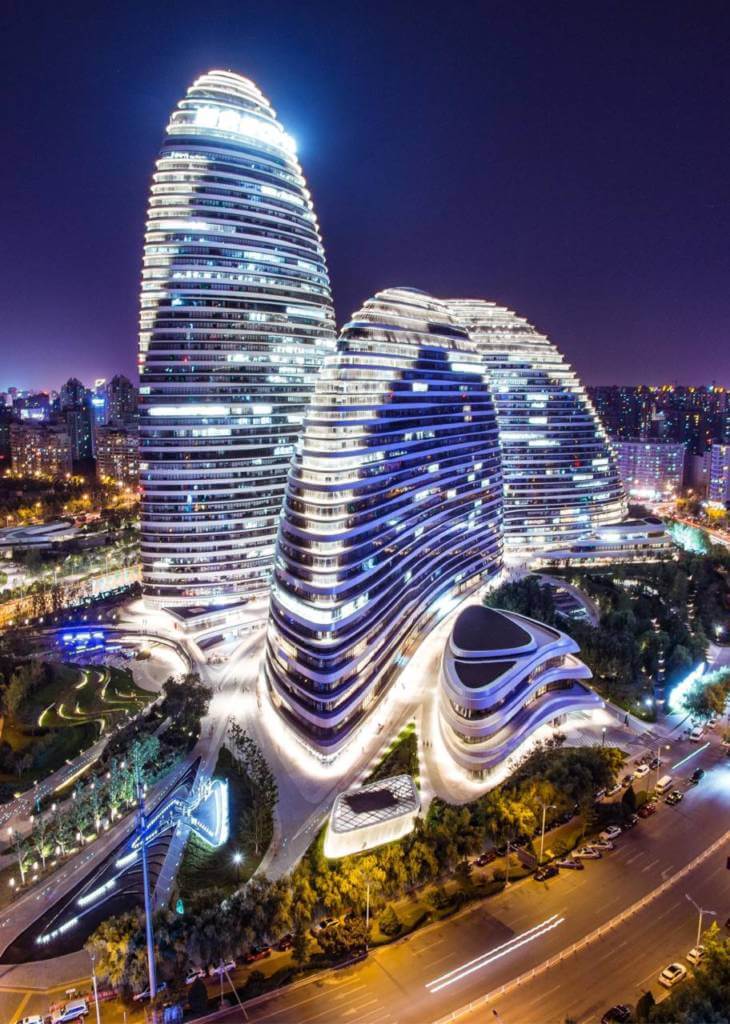
Digital Fiat Currency and Stable Coin
DP: I think it’s very important for Consortiums to remember the fact that, as you quite rightly mentioned, goods and the movement of money translates into the movement of data, which is at the heart of trade and trade finance. Moving on from that, what are you most excited about in terms of digital trading at IBM digital asset labs? What do you think the next few years look like for both IBM and also trade finance with respect to digitisation using DLT?
NG: Let me just provide what I’ve learned over the years which has led to my forming an opinion on this. In general, the industry has done a lot of work with technologies like IoT, data analytics, tracking and tracing with GPS systems, and so on and so forth, to provide better visibility and better experience in the tracking and tracing of goods. So with containers, there’s enough technology out there to allow to you tag containers and provide a systemic way of ensuring they are locked. If the lock is broken, that leads to inspection etc. That system has been evolving over time. What we’re doing with the trade and logistics space is tokenising some of those elements and putting them in a blockchain network, which allows the various parties to connect and collaborate. All that is coming together really well and it’s building upon what we’ve done in the past.

From a digital asset perspective, the most interesting piece for me is additional Fiat, and the work we’re doing with financial institutions. There is the introduction of stable coin and related business models in working with central banks, to create the tokenised Fiat’s. This essentially took an additional fee out of the system, which solves the core issue of liquidity. It cut short the time of settlement that is very much needed in that space. To me, our work is not just about challenging the status quo of current systems, but giving hope that it isn’t all just about cryptocurrency; the system is not about true decentralisation, but using blockchain in a meaningful way for permissioned entities to come together, and use these instruments meaningfully; to be able to not only flatten the business systems, but give birth to new business models, whether it’s creating liquidity for the systems, or related supply chains and trade.
Another exciting part for me is the ability to be able to provide an inter-blockchain asset exchange mechanism, which is the ability for me to link movement of containers in these goods. Ending these documentary requirements would help eliminate fraud and some of the long business processes that are there. It would be great to create a seamless process that the world trusts.
DP: Thanks, Nitin. That’s very inspirational. The huge explosion of digital Fiats and central banks, with regards to stable coin to really build those levels of trust on a digital level is so important and we should really be paying attention and keeping an eye on how that develops over time. Also, as you mentioned, the idea of tokenising real financial products that exist and account for the large majority of both open account and also receivables in the world of trade finance.
I think it’s very important to keep that at the heart of the problem and look at opportunities around digitising that. So, thank you very much Nitin, and it was really great to have you here today on the podcast. I know you will be speaking next weekend in Toronto, so really look forward to hearing from you.
NG: Thank you so much for including me. I looking forward to talking to you again.
 Australia
Australia Hong Kong
Hong Kong Japan
Japan Singapore
Singapore United Arab Emirates
United Arab Emirates United States
United States France
France Germany
Germany Ireland
Ireland Netherlands
Netherlands United Kingdom
United Kingdom
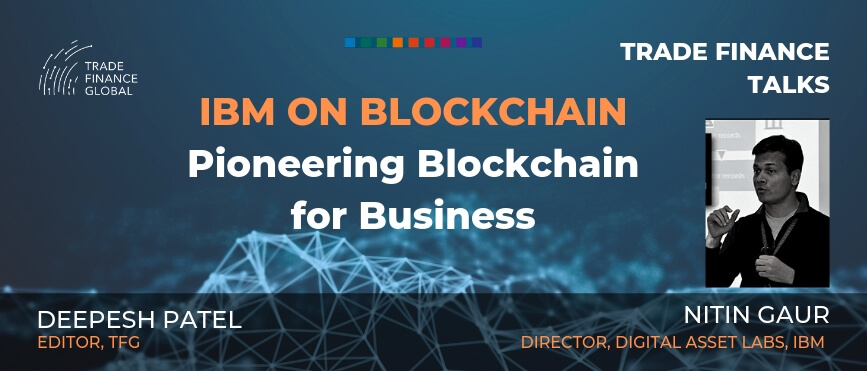






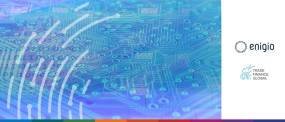


Comments are closed.